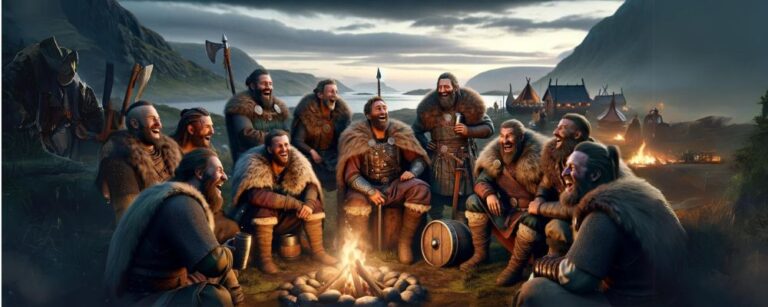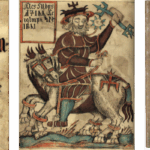One thing that we have in common with our Viking ancestors is an appreciation for a good joke and a robust sense of humor.
The surviving Norse sagas suggest that the Vikings had a dark sense of humor that involved sarcasm, irony, and strangeness.
They would tell jokes at the dinner table and on the battlefield, reflecting the modern way that we often use humor to deal with fear and danger.
Let’s take a closer look at what we know about the Viking sense of humor and what was considered funny in Old Norse society.
Death Jokes
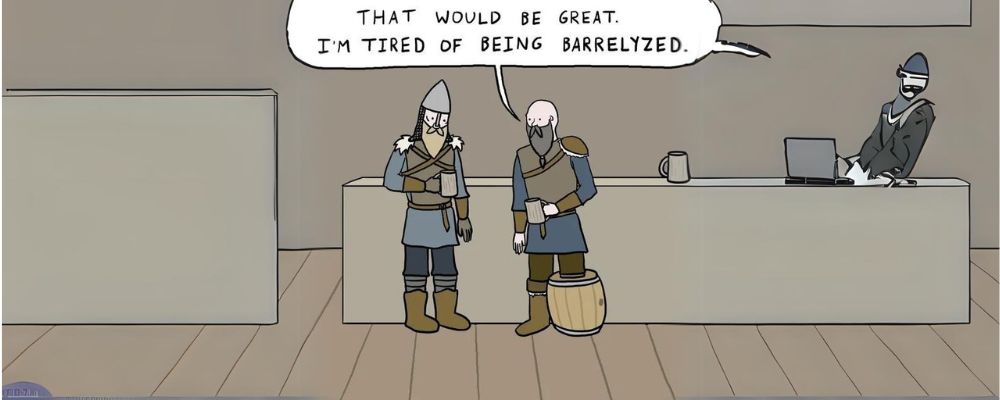
The Vikings spent a lot of time fighting, and therefore killing and dying, or at least that is what the sagas would have us believe.
It is not uncommon for the authors to have their heroes telling dark jokes in the midst of battle, especially just after they have been badly injured.
In the Droplaugarsona Saga, written in the 13th century, a Viking called Helgi gets his lower lip cut off in battle.
He responds by telling his attacker, “I have never been particularly handsome, and you haven’t actually improved my attractiveness”. If the Vikings really told these kinds of jokes, it reflects a dark sense of humor.
A similar joke appears in another Icelandic sage, Gunnlaug Ormstungas Saga. In it, Gunnlaug falls in love with Helga, but embarks on several adventures before he can settle down and marry her.
But when he returns home, he finds that she has already been forced to marry another Viking, called Hrafn. The two fight, and eventually Gunnlaug cuts off Hrafn’s foot.
While the former thinks that he has won, Hrafn responds, “It is true that things are not going my way, but I can probably continue for a while longer if I just get something to drink.” In the end, both Vikings die in the fight.
This story, in particular, is reminiscent of Monty Python’s “it’s just a flesh wound”. In fact, one Danish scholar believes that British humor owes much to the Norse influence.
Slapstick Comedy
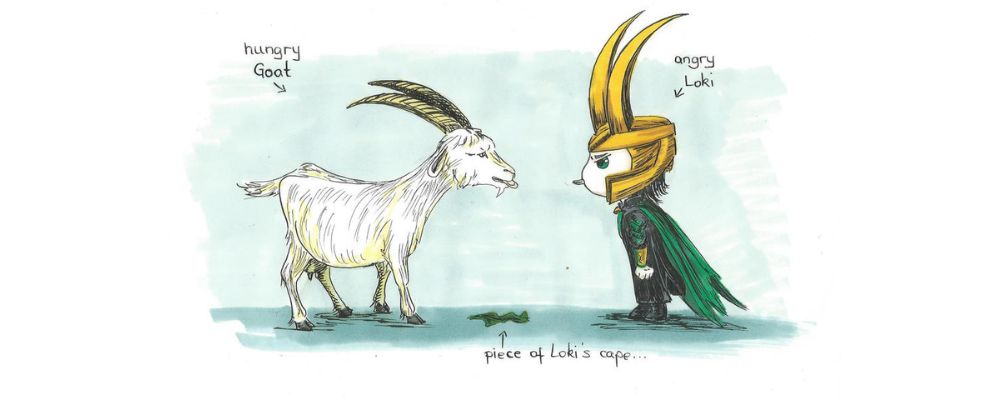
The Vikings also seem to have appreciated amusing situations as well as amusing words, and they may have appreciated the concept of a modern clown, who finds themselves in ridiculous situations physically.
In the Kings Saga. King Harald Bluetooth refuses to accept his son Sweyn Forkbeard as his hair, and the boy is fostered.
Later, he decides to get revenge on his father for treating him as a bastard. Forkbeard sends assassins, who catch the king in his throne room.
When the king bends over, one of the assassins lets loose an arrow. It enters the king’s behind and comes out of his mouth in a moment of physical comedy and death.
Another example of slapstick humor comes from the story of Skadi, a giantess who came to Asgard to avenge the death of her father Thjazi.
The gods agreed to pay her for her father’s death. First, they let her marry the god of her choosing, but she must choose by looking only at their feet.
She wanted to marry the beautiful god Balder, and so chose the most beautiful feet.
But they turned out to belong to Njord, a god of the sea whose appearance had been undermined by his time by the sea. This in itself seems like a humorous situation.
But the gods also promise to make her laugh. Many of the gods tried but failed to bring a smile to her face.
In the end, Loki tied one end of a rope to a goat and the other around his testicles and began a game of tug of war.
Both screeched until Loki fell over in Skadi’s lap.
This bit of slapstick humor finally made her laugh. The final part of the payment was to place Thjazi’s two eyes in the sky as stars.
Mistaken Identity
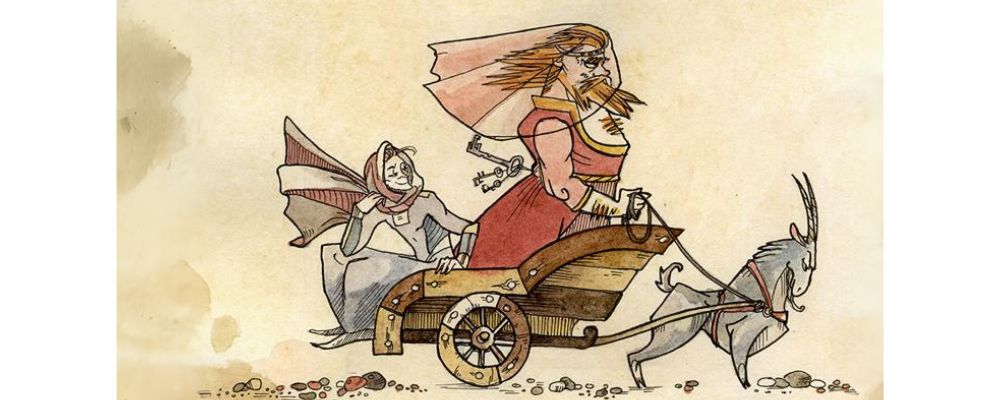
Mistaken identity is a common comedic trope in modern comedy, and it seems to have been something that the Vikings appreciated.
This is found in the story of Thor the transvestite.
The giant Thrym steals Thor’s hammer and only agrees to return it to him in exchange for the hand of Freyja in marriage.
While Thor wants her to marry the giant, she vehemently refuses. Instead, the gods convince Thor is convinced to go undercover as Freyja to get the hammer back, much to his apparent humiliation.
When they visit Thrym, Thor is dressed as Freyja with his face covered, so he is still Thor. He is accompanied by Loki who has shapeshifted into a handmaid.
He helps Thor maintain his cover. When Thor eats and drinks a huge amount due to his famous appetite, Thrym almost realizes the trick.
But Loki tells him that Freyja has not eaten for three days because of wedding nerves and that is why he ate so much. This is clearly meant to be an amusing scene.
There is also humor around mistaken identity in the Orkneyinga Saga, in which an earl dresses in a cowl and goes fishing with a farmer.
When he reveals his identity, he is not treated with the awe that he expects, but rather a woman laughs in his face and mocks his clothing, until the earl decides that she is laughing overly long and he feels ridiculous.
Comedic Characters
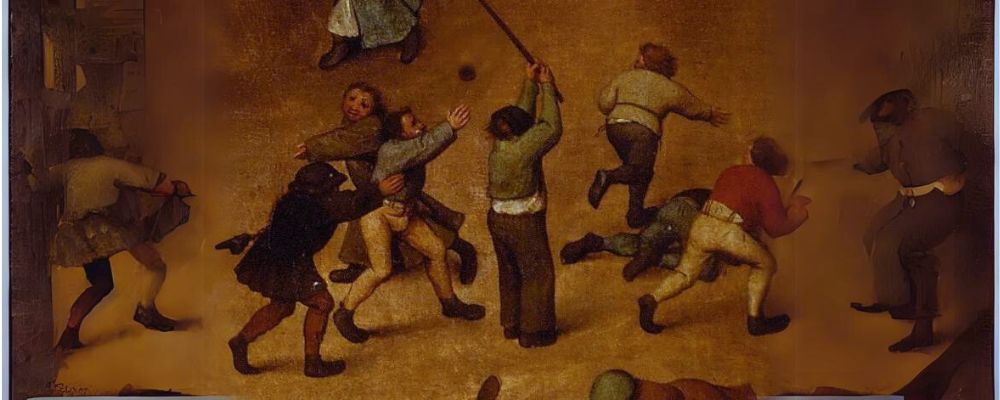
It is hard to believe that the Icelandic saga of Egil Skallagrimsson was meant to be anything but a work of comedy since it reads like a Monty Python movie.
While based on the life of a real Viking who lived around 910, it represents an extreme stereotype of a Viking warrior to the point that it becomes a caricature.
The young Egil is described as getting bling drunk at the age of just three, but not getting kicked out of parties because he composed excellent poems to have himself, as a toddler.
As a seven-year-old, he then kills seven men. While his father wants to punish him, his mother is proud, saying that he has the makings of a true Viking.
Many of his other exploits are more bloody than funny, but this may suggest that the Vikings appreciated a good taste of violence as much as humor, not unlike today.
He killed a berserker warrior, killed 11 men single handedly, and has a penchant for burning down barns.
He then gets in a feud with the power couple King Erik Bloodaxe and Queen Gunnhild, and on several occasions, Egil and Gunnhild use magic against one another.
For example, on one occasion his cup explodes because he cast a spell on it to detect poison.
While there are certainly serious moments in the story, it is also clear that humor played an important role in the cadence of the telling, which mixed moments of fun, blood, sentimentality, and tragedy.
An Amusing People
These are just some of the many examples of comedy and humor that can be detected in the surviving Norse sources.
Many elements of Viking humor have surely been lost in time and lost in translation, but I think we can agree, that the Vikings had a sense of humor in that they sometimes intentionally tried to invoke laughter and seemed to have believed that laughter was a good medicine.
